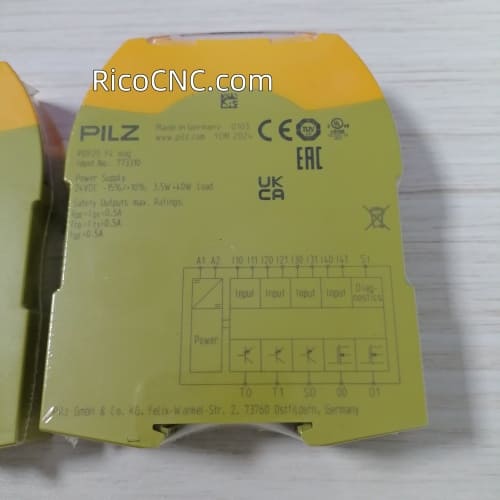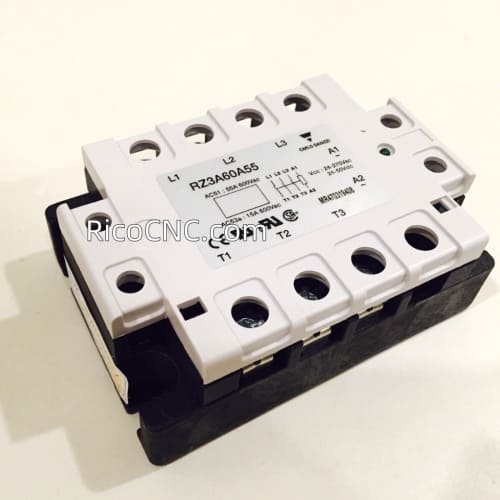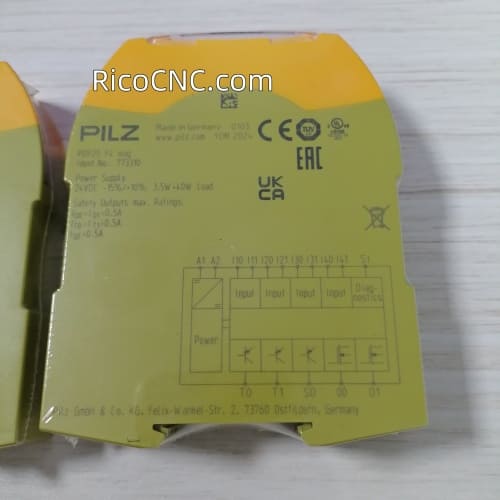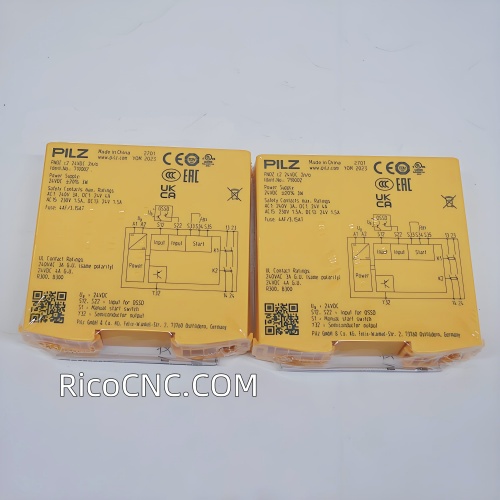

What is a Relay?
Relays are a type of switch within an electronic system. They'll receive an electrical signal and carry it forward until handing it off to another component or relay. Electrical relays control one electrical circuit by opening and closing contacts in another circuit.
The function of a Relay
The primary purpose of a relay is to protect the electrical system from too high of a voltage or current, allowing the safe operation of any equipment it connects to. The relay can be used in commercial and industrial uses to home and consumer products. Like computer interfaces, sensitive appliances, lighting control systems, protection systems for electronics, command contactors, control motors, telecommunication, and more.
Components of a Relay
Relays are made of a coil, a common, a normally open (NO) contact, and a normally closed (NC) contact. The coil (also known as the control input) terminal is generally connected to a low-power source that controls the relay's switching mechanism. When a relay contact is normally open (NO), the circuit is open when the relay is not energized. Conversely, when a relay contact is normally closed (NC), the circuit is closed when the relay is not energized. Applying electrical current to the relay changes the state of these contacts, thereby controlling the connected circuit.
Why Are Relays Important?
Electrical relays are crucial because they enable the control of high-current loads using a small amount of electrical current.

How Does a Relay Work?
To operate the relay, the coil surrounding the relay's core is energized by electricity from the power source controlling it. As the relay is energized, it creates a magnetic field that attracts the contact and completes the circuit within the relay.
Types of Relays
General Purpose Relays, Machine Control Relays, Electromechanical relays (EMR), solid-state relays (SSR), and Reed relays can be used on the market.
General Purpose Relays
General-purpose relays are electromechanical switches that typically function via a magnetic coil. Using an AC or DC current, general-purpose relays often run at voltages such as 12V, 24V, 48V, 120V, and 230V.
Machine Control Relays
Like general-purpose relays, machine control relays are operated by a magnetic coil. Typically used to control starters and other industrial elements, these relays are robust.
Electromechanical Relay
Electromechanical relays are the most basic type of relay.
Solid State Relay
A solid-state relay operates using a semiconductor that controls the relay's switching mechanism. Solid-state relays are known for their quick operation and comparably long life compared to electromechanical alternatives. The main downside of solid-state relays is the additional heat they generate through the operation of the semiconductor, which can cause issues or require built-in solutions to prevent overheating.
Reed Relay
Reed relays also operate on an electromechanical basis at their core, but use a modified design to reduce or eliminate common EMR problems. They're slower and can't handle as high a current as SSR switches.

RicoCNC can supply a series of relay, RZ3A60A55 Carlo Gavazzi Solid State Relay, 773310 PDP20 Pilz F4 mag Safety Relay, PNOZ c2 24VDC 2n/o Pilz 710002 Safety relay, welcome your inquiry.















